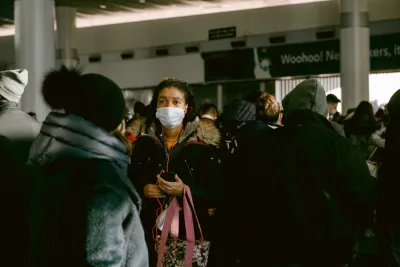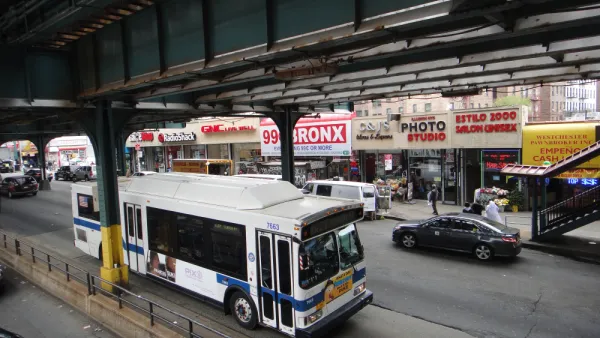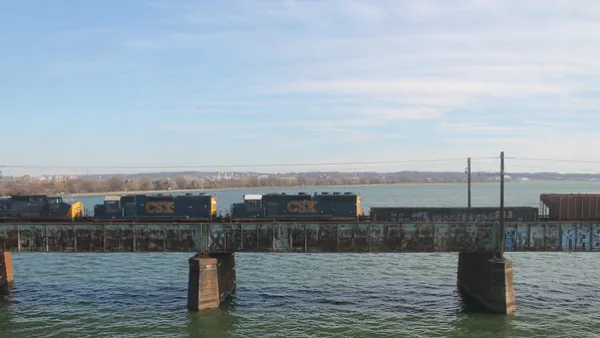Jarrett Walker and Mathew Yglesias discuss one of the great quandaries of 21st century transit planning—how to increase cost effectiveness and ridership while also ensuring equity and service for underserved communities.

Jarrett Walker recently wrote a blog post to explain a few of frequently misunderstood concepts about transit service design, namely that 1) ridership is not very predictable and 2) low-ridership service is sometimes justified.
Walker’s post is written in response to a recent Slow Boring post by Matthew Yglesias that called on U.S. transit agencies to start prioritizing ridership above other goals as the “only way to get costs under control” (the high costs of transit in the United States being a well documented, if still little-understood, hindrance to non-automotive travel in the country). The argument, in tl:dr form: “Telling agencies to prioritize ridership would result in ridership going up, and over time, it would also create an agency culture focused on improving ridership and learning what strategies do and do not work.” Yglesias even cites Walker’s book, Human Transit, to describe the ridership-coverage tradeoff central to Walker’s approach to transit service design.
Walker, after describing Yglesias’s writing on transit generally as more thoughtful than most pundits in the United States (such as Elon Musk, for example), sets the record straight about ridership:
You will never hear me say, as Yglesias does, that ridership should be the only goal of a transit service, and not just because I’m a consultant who facilitates conversations on the topic. I won’t say that because the decision is genuinely hard, and there are some good policy reasons for coverage services.
For example, writes Walker, the suburbanization of poverty has left many low-income riders without transit service: “A strictly ridership-based approach would not go to a lot of those places, but will put lots of service in dense inner cities that happen to be increasingly gentrified. The result can be something that is measurably inequitable by both race and income.” To describe the uncertainties of ridership, Walker writes, “Actual ridership is affected by lots of unpredictable external events (pandemics, economic conditions, etc), but access to opportunity is the constant thing that transit provides that is the foundation of ridership.” When it comes to service design, Walker argues that access to opportunity is a more effective consideration.
More on the nuances of the ridership-coverage tradeoff are included in the source article below.
FULL STORY: Just “Prioritize Ridership”: Is it That Easy?

Analysis: Cybertruck Fatality Rate Far Exceeds That of Ford Pinto
The Tesla Cybertruck was recalled seven times last year.

National Parks Layoffs Will Cause Communities to Lose Billions
Thousands of essential park workers were laid off this week, just before the busy spring break season.

Retro-silient?: America’s First “Eco-burb,” The Woodlands Turns 50
A master-planned community north of Houston offers lessons on green infrastructure and resilient design, but falls short of its founder’s lofty affordability and walkability goals.

Test News Post 1
This is a summary

Analysis: Cybertruck Fatality Rate Far Exceeds That of Ford Pinto
The Tesla Cybertruck was recalled seven times last year.

Test News Headline 46
Test for the image on the front page.
Urban Design for Planners 1: Software Tools
This six-course series explores essential urban design concepts using open source software and equips planners with the tools they need to participate fully in the urban design process.
Planning for Universal Design
Learn the tools for implementing Universal Design in planning regulations.
EMC Planning Group, Inc.
Planetizen
Planetizen
Mpact (formerly Rail~Volution)
Great Falls Development Authority, Inc.
HUDs Office of Policy Development and Research
NYU Wagner Graduate School of Public Service




























